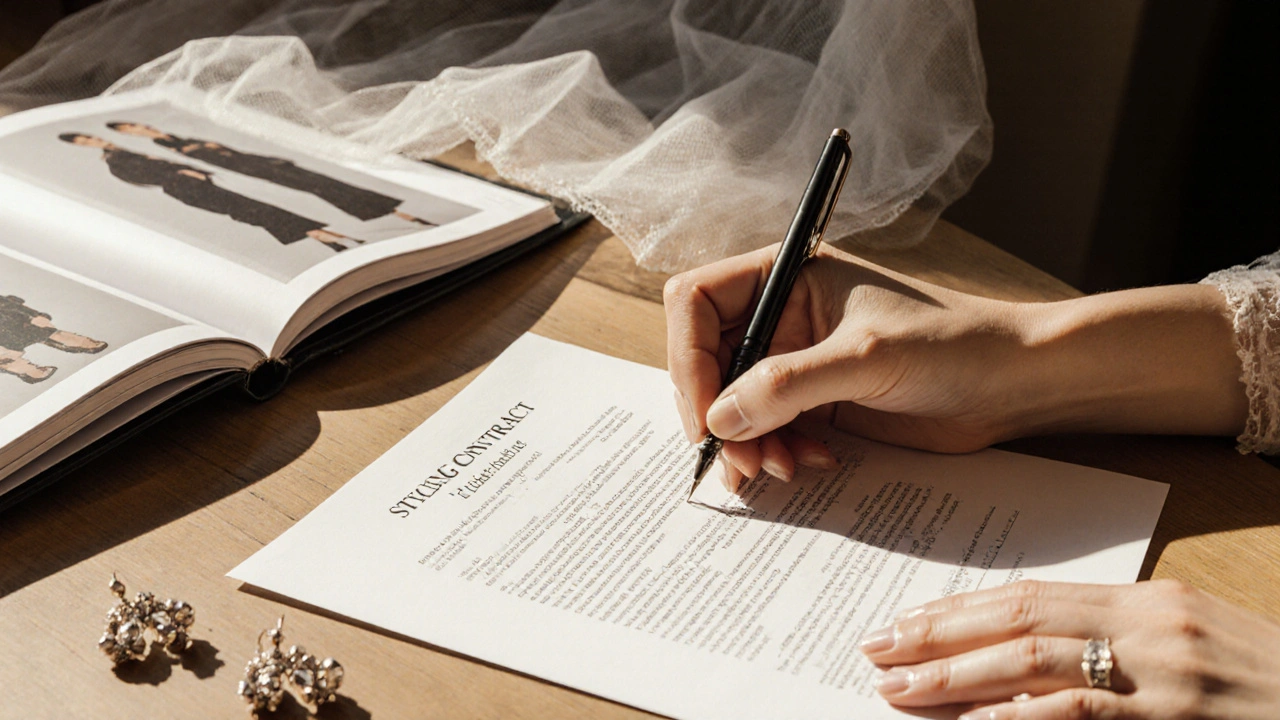Stylist Terms Explained: Key Fashion Concepts for a Smarter Wardrobe
When you hear stylist terms, words and phrases used by professional fashion advisors to describe clothing systems and personal style strategies. Also known as fashion jargon, it’s not about sounding fancy—it’s about cutting through the noise and finding what actually works for your life. These aren’t just buzzwords. They’re tools. Think of them like the difference between saying "I need clothes" and saying "I need a capsule wardrobe that fits my 9-to-5, weekend hikes, and spontaneous coffee dates." One is vague. The other is a plan.
Take personal stylist, a professional who helps you build a wardrobe based on your body, habits, and real-life needs—not just trends. Also known as wardrobe consultant, they don’t shop for you. They teach you how to shop for yourself. They look at your closet, ask why you hate wearing certain things, and figure out what’s missing—not by size, but by function. This isn’t about looking like a magazine spread. It’s about making your mornings easier, your spending smarter, and your confidence higher. That’s why capsule wardrobe, a small, intentional collection of versatile clothing pieces that mix and match to create many outfits. Also known as minimalist closet, it’s not about owning fewer things for the sake of it. It’s about owning the right things. The 33-piece wardrobe? The 1-bag rule? They’re not rigid formulas. They’re starting points to help you ask: "Do I actually wear this? Does it work with what I already own?" And when you start asking those questions, you stop buying things you don’t need. You start building a closet that reflects your life, not someone else’s idea of style.
That’s where wardrobe staples, essential clothing items that form the foundation of a functional, long-lasting wardrobe. Also known as timeless pieces, come in. These aren’t just basics. They’re the anchors. A well-fitting black pant. A cotton shirt that doesn’t wrinkle. A coat that lasts five winters. These are the items you reach for again and again because they work—no matter the season, the trend, or your mood. And when you know what these are, you stop chasing sales. You stop feeling overwhelmed. You stop wasting money on things that don’t fit your rhythm.
And then there’s fashion consultation, a focused session where you work with someone to clarify your style goals, identify gaps in your wardrobe, and create a practical plan to fix them. Also known as closet audit, it’s not a makeover. It’s a diagnosis. What’s working? What’s dragging you down? What’s hiding in the back of your closet because you’re not sure how to wear it? A good consultation doesn’t tell you what to buy. It tells you what to keep, what to let go, and what to look for next. That’s the heart of every post in this collection. No fluff. No trends. Just clear, practical answers to the questions you didn’t even know you had.
Below, you’ll find real guides—on how to layer accessories without looking messy, how to pick colors that actually flatter your skin tone, how to tailor clothes that fit your body—not just a size tag. These aren’t random tips. They’re built from the same foundation: understanding stylist terms so you can stop guessing and start knowing. What you’re about to read isn’t about becoming a fashion expert. It’s about becoming the expert of your own style.
Styling Contracts and Policies: What You Must Know Before Booking a Stylist
Posted by Elias Hartfield on Nov, 17 2025

Before booking a stylist, read their contract. Understand deposit rules, cancellation policies, and image rights. A clear agreement protects both you and the stylist-and ensures you get the look you want.
